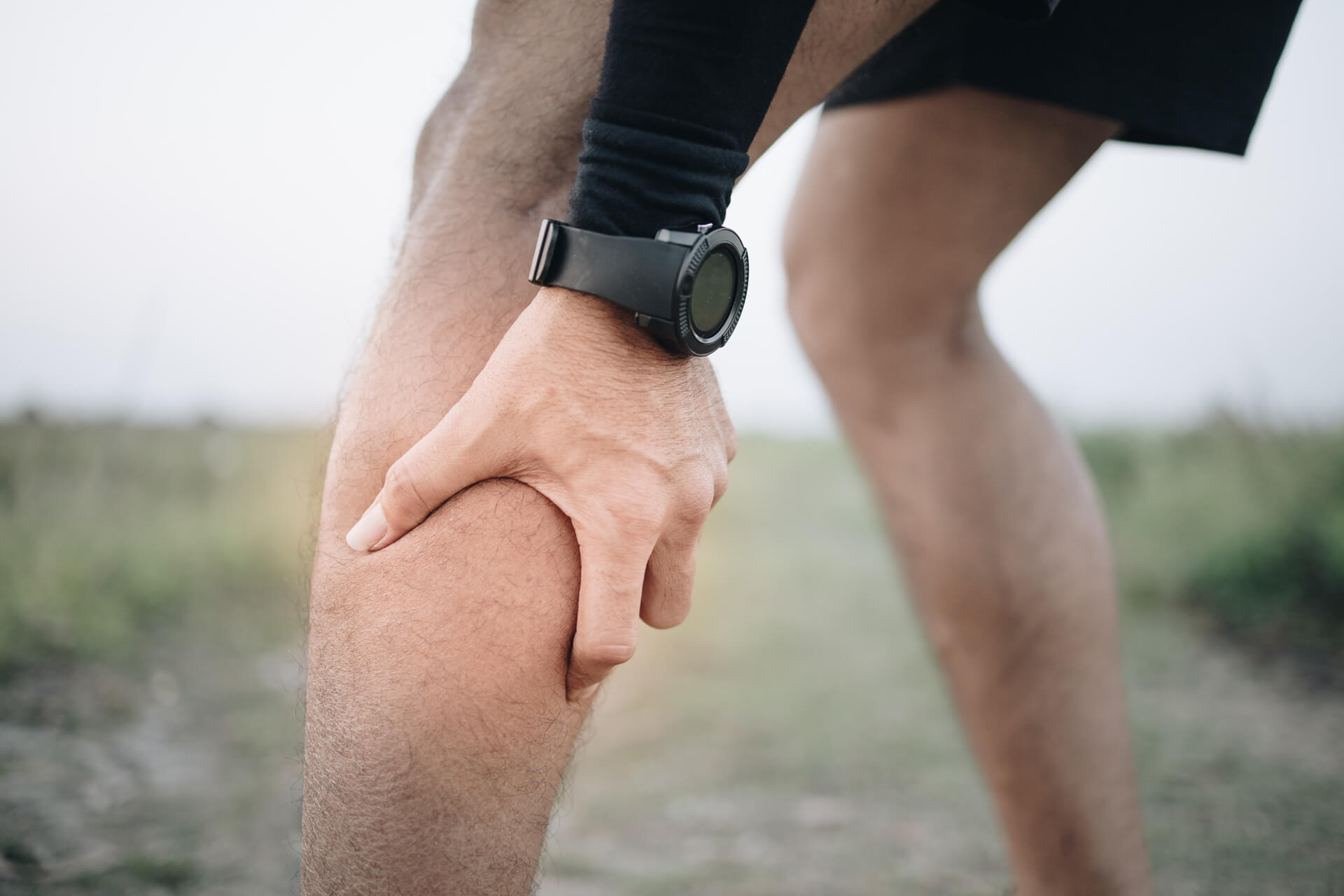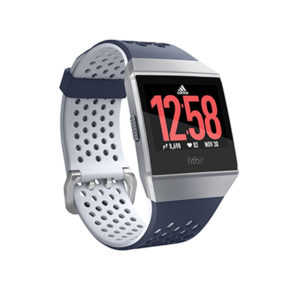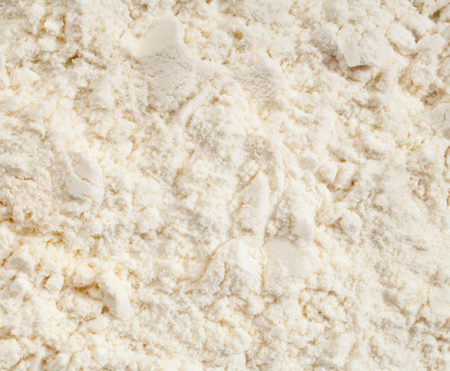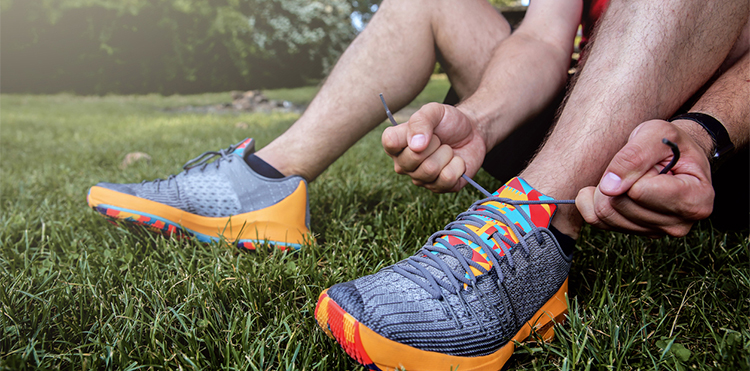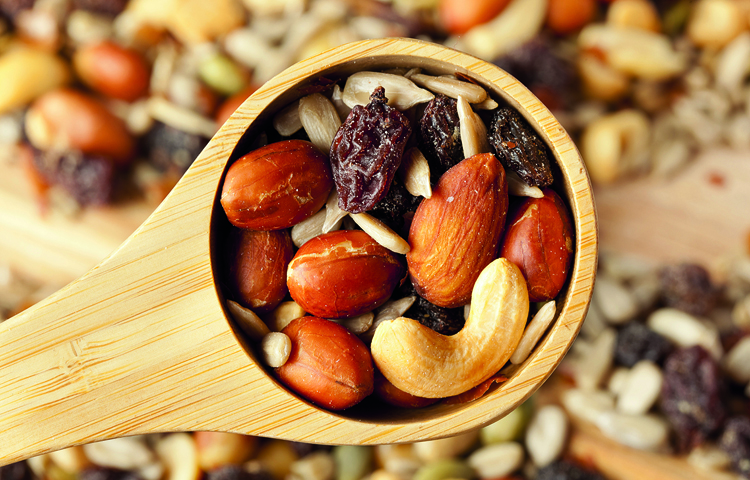
The case for gels
Raphael Deinhart is the technical and marketing coordinator at High5, a leading UK sports nutrition brand. He is also a keen triathlete and marathon runner highfive.co.uk
In the simplest possible terms, what is it that energy gels do?
Gels provide you with the energy to fuel your muscles. They can help you to run faster, further and, more importantly, better enjoy your run.
What makes gels a better energy source than, say, a banana ?
It’s interesting that you mention a banana, as it has a similar nutrition content to most energy gels. But can you imagine carrying five or more bananas in a marathon? Our gels are made specifically for sport use, so they contain only the essential ingredients for running. They provide the carbohydrate you need without things such as fibre, which might cause you to make a few unexpected pit stops!
So why aren’t elite marathon runners scoffing down energy gels?
From a fuelling perspective, elites have one major advantage: they have their own feed station in a marathon from which they can grab their pre-mixed sports drink. This is where they get their carbohydrate energy. We’ve conducted research on what nutrition products work best for non-elite marathon runners and found that gels were the most convenient fuelling strategy because they’re easy to carry with you. Research has also shown that, following our nutrition guides, runners could run on average 11 minutes faster during a marathon without additional training.
Lots of runners complain about getting stomach cramps, which they attribute to the consumption of energy gels. Surely that’s a disadvantage?
In a recently published study (International Journal of Sports Nutrition and Exercise Metabolism) on marathon nutrition and performance using High5 gels, researchers found no GI upset, even when runners were taking three gels an hour. It is important to note that not all gels are made the same, and this is the main reason why we do so much research in this area. There are a couple of possible reasons that people get stomach cramps from other gels. If you combine gel and a carbohydrate sports drink, then it’s possible you’ve taken on too much carbohydrate, which can cause some discomfort. Some runners also take gels too quickly. We would recommend taking gels in small little gulps over a few hundred metres – and to use them in training.
The case for real food
Dr David Katz is the founding director of Yale University’s Yale-Griffin Prevent Research Centre. A diplomat of the American Board of Internal Medicine, he is a world-renowned expert on health
Why do you think energy gels have become so popular?
Effective marketing, primarily. People like to think something semi-magical has been created to meet their very particular need, and marketers do a beautiful job of conveying that message.
Why are you in favour of real food as opposed to energy gels?
Good nutrition is about two things: what is in a substance, and what isn’t in it. Most ‘concoctions’ have added sugars, artificial sweeteners and/or chemicals. Wholesome foods don’t. So when the latter can provide all you need, it is generally the way to go.
Is there ever a time or place for artificial energy sources?
That depends on what you mean by ‘artificial’. If you mean with artificial ingredients, then in my opinion, no. But if it means, for instance, an electrolyte solution to take during intense exercise, when eating solids would be really uncomfortable, then sure. The trouble arises when people think that drinking an energy drink, or using an energy gel, somehow makes them an athlete. That fantasy is, unfortunately, rather common and can readily result
in an excess intake of calories.
What’s the best real-food alternative for the same sort of fast-acting energy boost you get from a gel?
It really depends on the circumstances. Dried fruit and nuts are great, though; the combination provides both quick and lasting energy.
What can you do to prevent the bloating or stomach cramps that can be associated with eating prior to, or during, intense exercise?
Either by eating long enough before exercise that the energy is in your bloodstream, not your stomach, or by eating afterwards. But if we are talking about a truly intense and sustained bout of exercise that genuinely requires the replenishing of nutrient stories, I have no objection to drinks and gels. That’s when they can be useful. Just make sure they are clean, so there isn’t a load of insalubrious chemicals in the mix.


